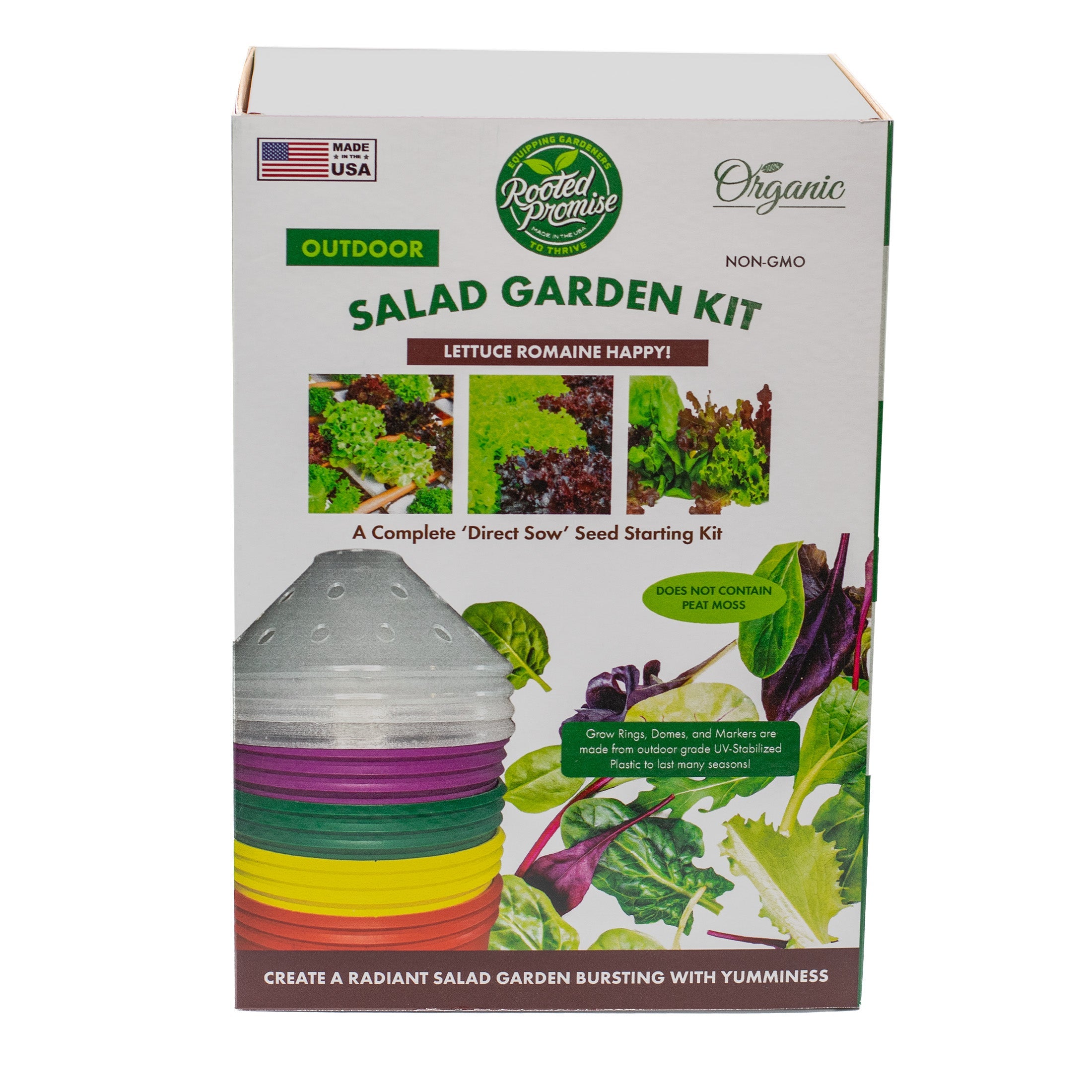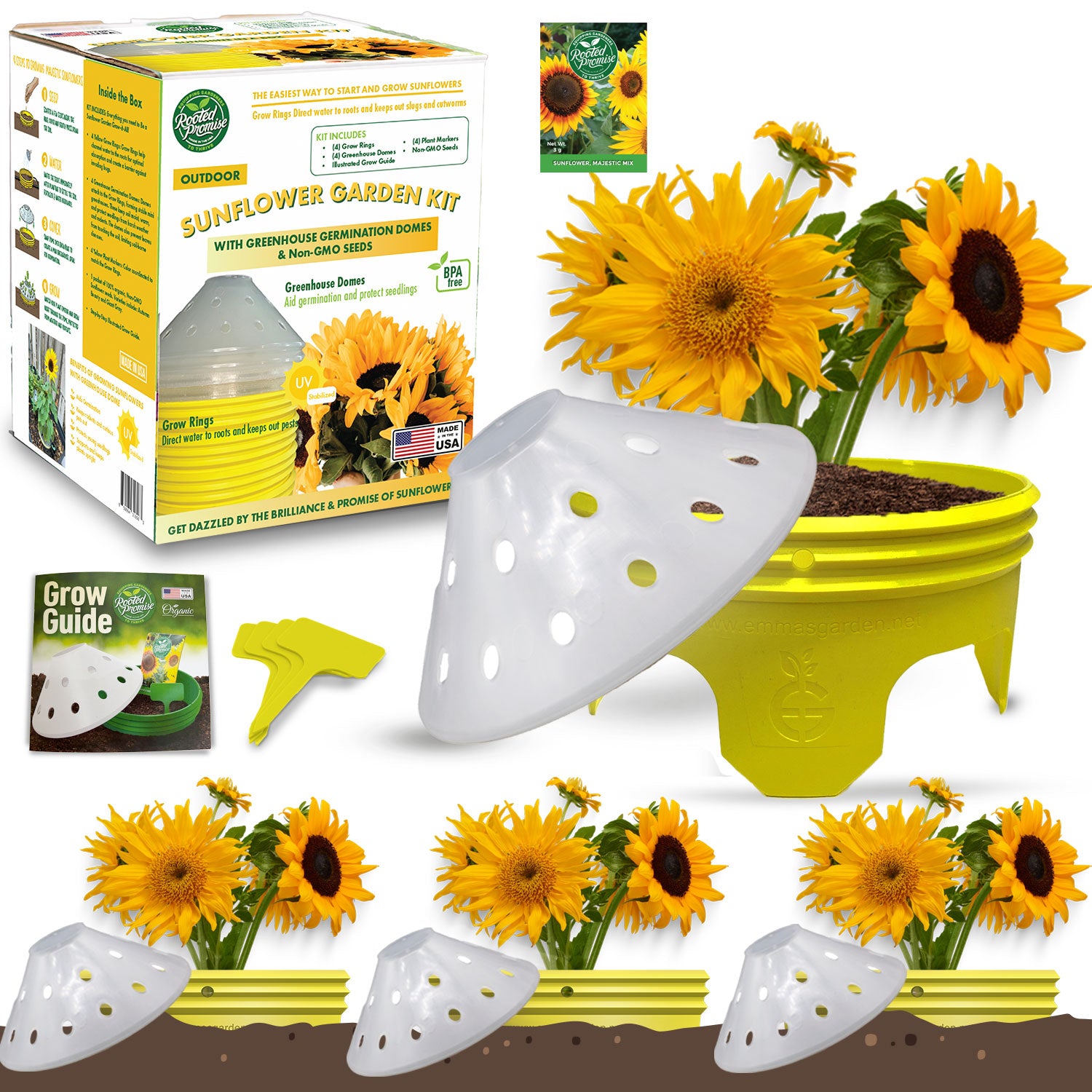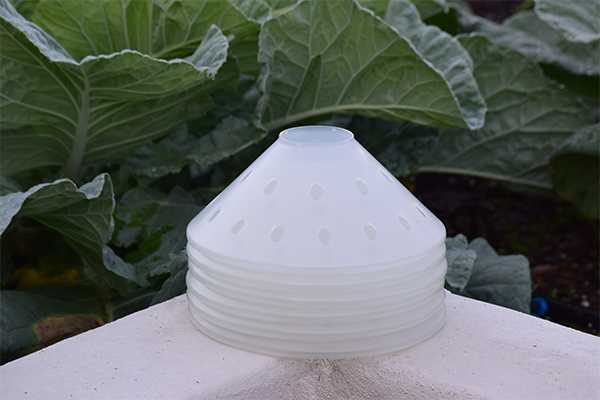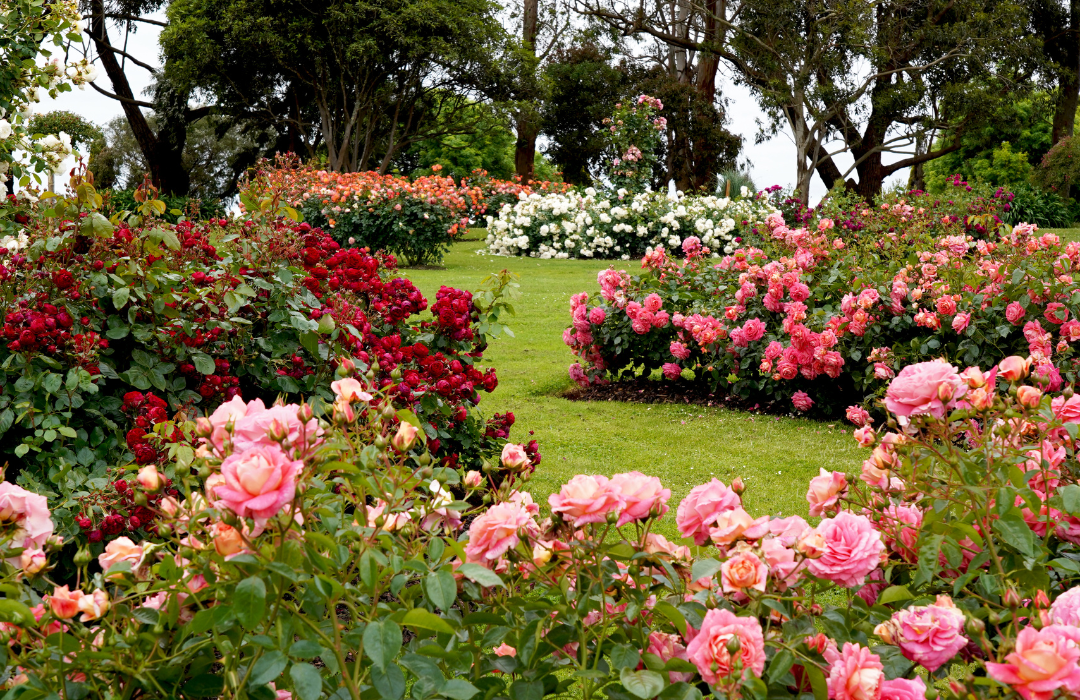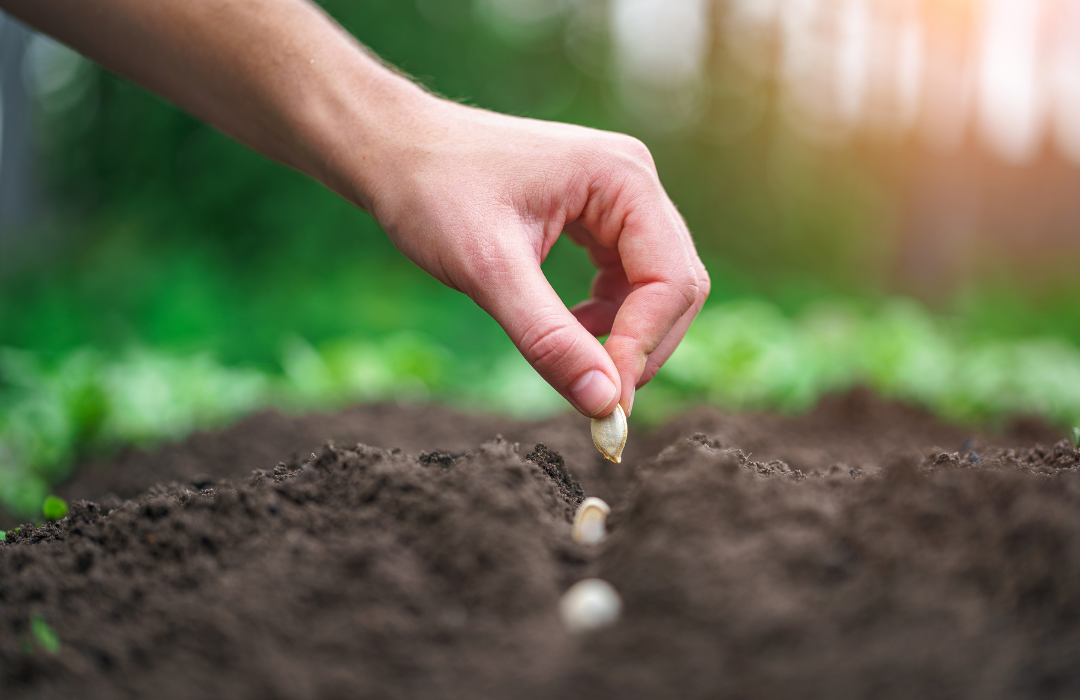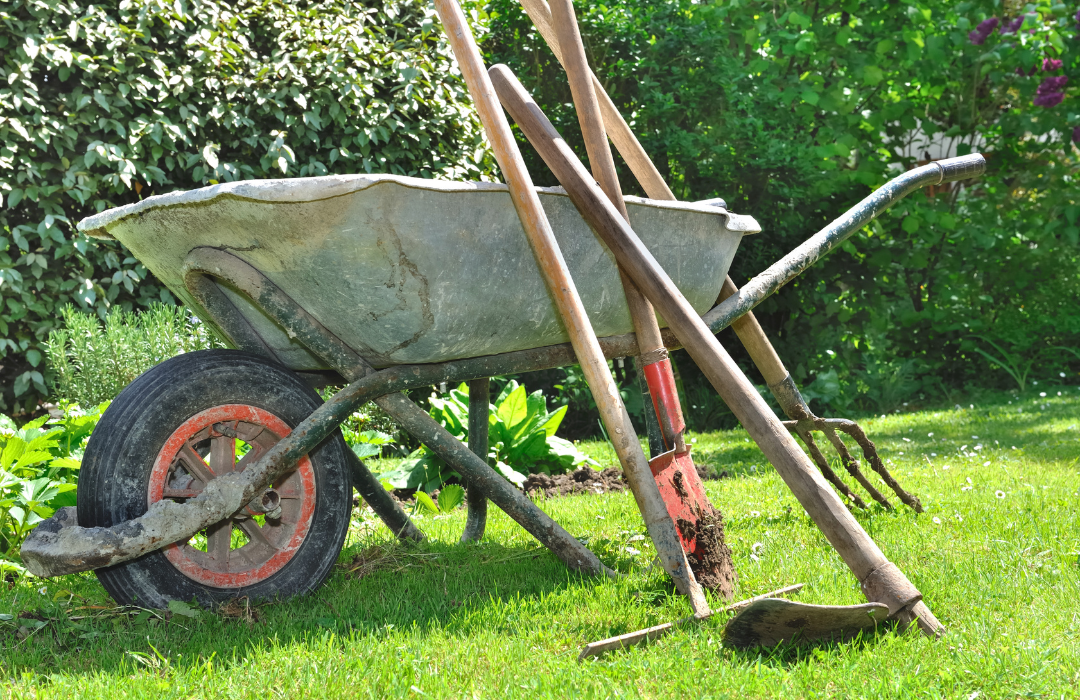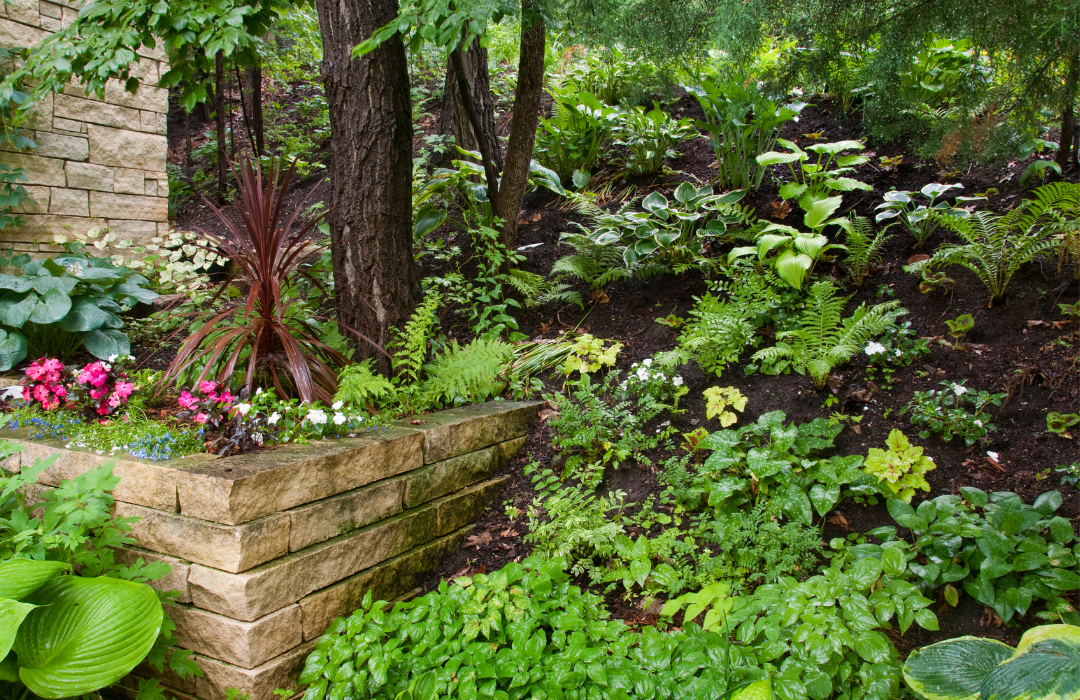Introduction
Blueberries are a delightful fruit to grow. But what if your garden is just a balcony or a small patio? Fear not! Blueberries can thrive beautifully in containers, making them perfect for urban gardeners and those with limited space. This guide will walk you through everything you need to know to grow delicious blueberries in containers.
Table of content
- The Benefits of Growing Blueberries in Containers
- Choosing the Right Container
- Picking the Perfect Blueberry Variety
- Soil and Planting Tips
- Watering and Fertilizing Your Blueberry Plants
- Pruning and Maintaining Your Blueberry Plants
- Harvesting and Enjoying Your Blueberries
- Key Takeaways
- FAQs
- Conclusion
The Benefits of Growing Blueberries in Containers
Growing blueberries in containers offers numerous advantages. Not only does it make gardening accessible to those with limited space, but it also allows you to control soil quality and environmental conditions more effectively.

Why choose container gardening for blueberries?
- Space Efficiency: Perfect for balconies, patios, and small yards.
- Soil Control: Tailor the soil mix to meet the specific needs of blueberry plants.
- Mobility: Easily move containers to optimize sun exposure and protect plants from harsh weather.
- Pest Management: Reduced risk of ground pests compared to traditional in-ground planting.
Choosing the Right Container
Selecting the proper container is crucial for the health and productivity of your blueberry plants. Think of the container as the vessel of life, holding everything your plant needs to flourish.
What to consider when choosing a container:
- Size: Opt for a container at least 18 inches in diameter and depth to accommodate root growth.
- Material: Consider breathable materials like terracotta or fabric pots for better aeration.
- Drainage: Ensure your container has adequate drainage holes to prevent waterlogging.
Picking the Perfect Blueberry Variety
Not all blueberries are created equal. Some varieties are better suited for container gardening than others.
Recommended blueberry varieties for containers:
Top Hat: A dwarf variety ideal for small spaces.
Sunshine Blue: Tolerant of warmer climates and compact in size.
Patriot: Known for its hardiness and high yield.
For a comprehensive list of blueberry varieties suitable for containers, visit the USDA Plant Hardiness Zone Map](https://planthardiness.ars.usda.gov/).
Soil and Planting Tips
Blueberries thrive in acidic soil with good drainage. Think of the soil as the foundation of a house—if it’s not right, everything else will struggle.
Steps to prepare the perfect soil mix:
- Use a blend of peat moss, pine bark, and perlite.
- Ensure the pH level is between 4.5 and 5.5.
- Fill your container with this mix before planting your blueberry bush.
- For more detailed information on soil preparation, refer to
Cornell University's guidelines on soil management (http://soilhealth.cals.cornell.edu/).
Watering and Fertilizing Your Blueberry Plants
Proper hydration and nourishment are essential for healthy blueberry plants. Imagine your plant as an athlete — it needs the right fuel to perform its best.
Watering tips:
- Keep the soil consistently moist but not waterlogged.
- Water thoroughly once or twice a week, depending on weather conditions.
Fertilizing tips:
- Use a fertilizer specifically formulated for acid-loving plants.
- Apply fertilizer in early spring and again in late summer.
University of California Agriculture and Natural Resources guide](http://ucanr.edu/sites/gardenweb/).
Pruning and Maintaining Your Blueberry Plants
Pruning is like giving your blueberry plant a haircut—it keeps it healthy and encourages new growth.
Pruning tips:
- Prune in late winter before new growth begins.
- Remove dead or diseased branches.
- Thin out crowded areas to improve air circulation.
For expert pruning advice, visit [Penn State Extension's guide on pruning blueberries](https://extension.psu.edu/pruning-blueberry-bushes).
Harvesting and Enjoying Your Blueberries
The moment you’ve been waiting for—harvest time! Harvesting blueberries is an art that requires patience and precision.
When and how to harvest:
- Wait until berries are fully ripe; they should be deep blue and easily detach from the stem.
- Gently twist berries off the stem to avoid damaging the plant.
For more harvesting tips, see the [Michigan State University Extension guide](https://www.canr.msu.edu/blueberries/harvest).
Key Takeaways
- Blueberries can thrive in containers, making them ideal for urban gardening.
- Choose the right container, soil mix, and blueberry variety to ensure success.
- Proper watering, fertilizing, and pruning are essential for healthy plants.
- Enjoy the fruits of your labor by harvesting fully ripe berries.
FAQs
- Can I grow blueberries indoors? Yes, with sufficient sunlight or grow lights, you can grow blueberries indoors.
- How long does it take for blueberries to bear fruit? Typically, blueberry bushes start producing fruit 2-3 years after planting.
- What is the best time to plant blueberries? Early spring or fall are ideal planting times for blueberries.
Conclusion
Growing blueberries in containers is not just a gardening project; it's a journey that brings you closer to nature, even if you're surrounded by concrete. With the right care and attention, your container-grown blueberries will reward you with bountiful harvests and bursts of flavor that elevate any dish.
So why wait? Start your blueberry-growing adventure today and transform your small space into a fruitful oasis. For additional resources and expert advice, visit [National Gardening Association](https://garden.org/).

